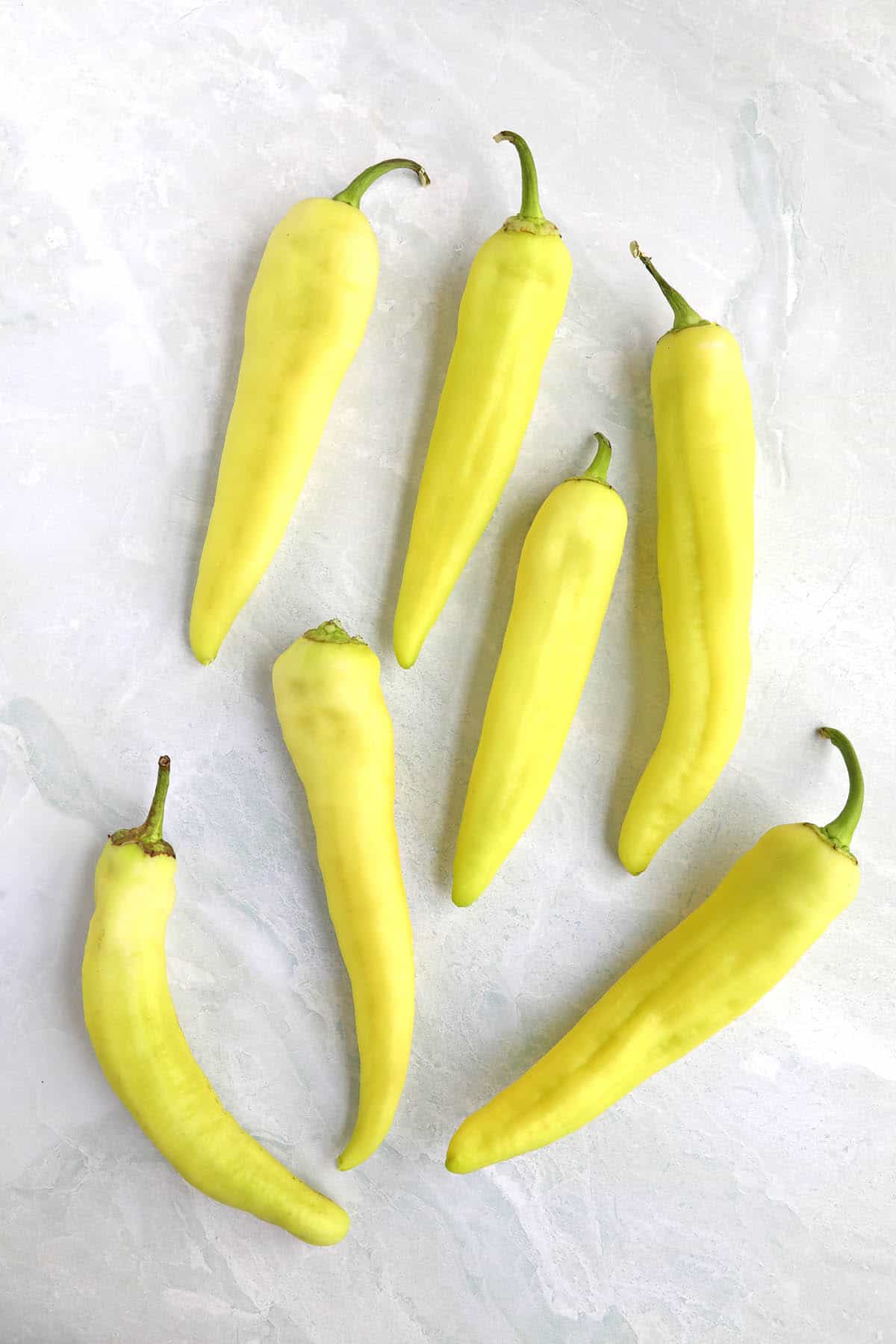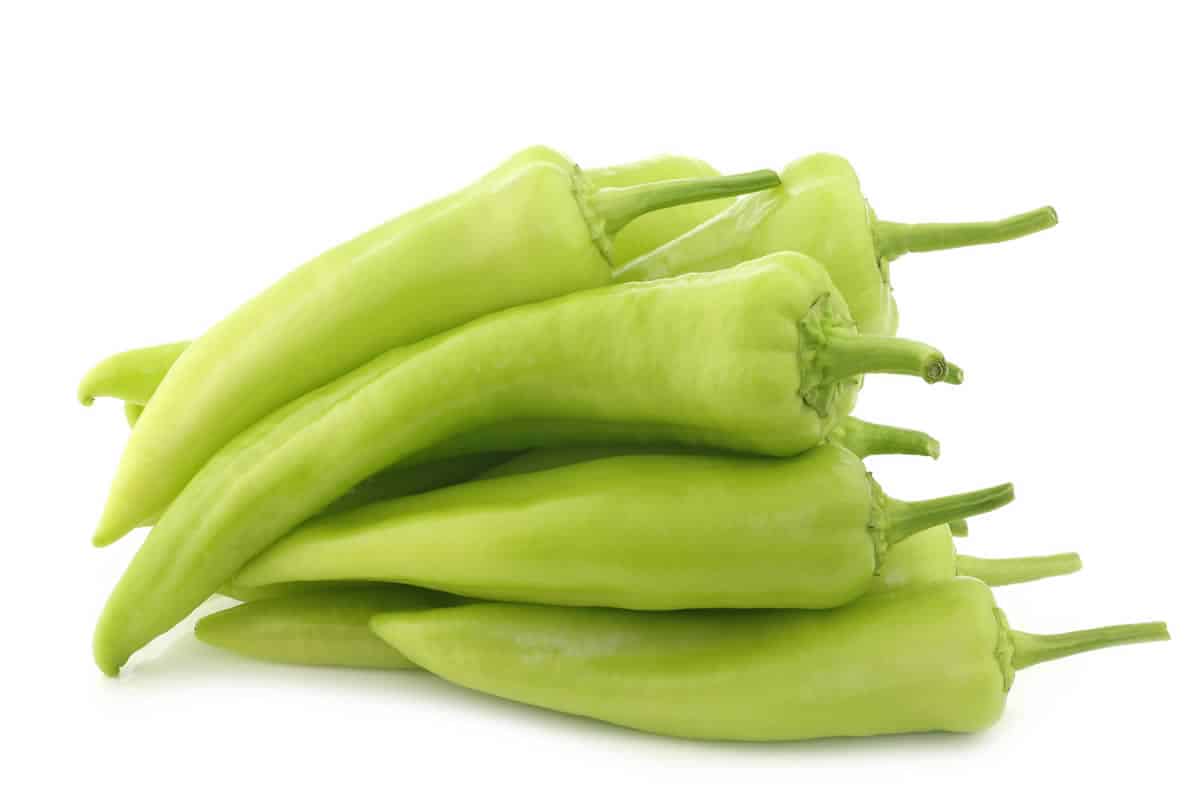What is a Banana Pepper?
The banana pepper is a mild, medium-sized chili pepper with a tangy, slightly sweet taste. It is not considered a hot pepper, offering either no heat or a slight tingle. Compared to the mildest jalapeno pepper, it is 5 times milder, if offering any heat at all. Also known as the yellow wax pepper or banana chili, the Banana Pepper has a mild, sweet taste that is very popular on many types of foods. It is commonly eaten on pizza, in Greek salads, on sandwiches, or stuffed with meat and/or cheese. They may be pickled or used fresh. Pickled banana peppers are very popular, often confused for pepperoncini peppers. As the name suggests, it is typically a bright yellow or yellow-green, but they may mature to orange or red if left to ripen. Compared to a jalapeno pepper, which measures from 2,500 to 8,000 Scoville Heat Units (SHU), the hottest banana pepper is actually 5 times milder than the mildest jalapeno peppers. That is quite mild. Other peppers you might be familiar with in this range include the Anaheim Pepper, which measures from 500 to 1,000 Scoville Heat Units, the Cubanelle Pepper, which ranges from 0 to 1,000 SHU, the pepperoncini, ranging from 100 to 500 SHU, or the Cascabella Pepper, which ranges from 1500 to 6,000 SHU. Learn more about the Scoville Heat Scale here. That’s a positive when you cook with them like I do, making them ideal for everyday chopping and slicing, but also for stuffing or pickling peppers. You can cut them into pepper rings and pickle them quite easily. Treat them like other Capsicum annuum varieties, as they require no special treatments or considerations. Plants will typically reach 1 to 2 feet tall and can be grown in many climates, though like most pepper plants, prefer warmer climates. I’ve grown them in zone 5 without any issue. Fresh pepperoncinis are more difficult to find, however, so you may need to grow them. A more commonly found pepper to use as a substitute would be a small sweet yellow bell pepper or a mild Italian sweet pepper. The Hungarian Wax Pepper is an excellent substitute for comparable flavor. However, the Hungarian Wax is much hotter, reaching up to 15,000 SHU. Also, banana peppers are usually smooth, where pepperoncinis can have more wrinkly skin, a physical difference. In flavor, both peppers are sweet, but pepperoncinis have a reported slight bitterness compared to banana peppers. See also: Pepperoncini Vs. Banana Pepper: a Comparison. If you have any questions, feel free to email me or leave a comment below. Thank you. – Mike H. Try my Stuffed Banana Peppers Recipe. This post was updated on 8/20/19 to include new photos and information. It was originally published on 9/20/13.

